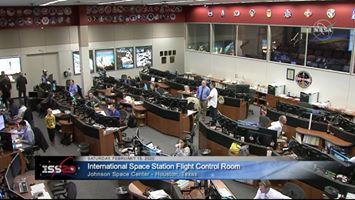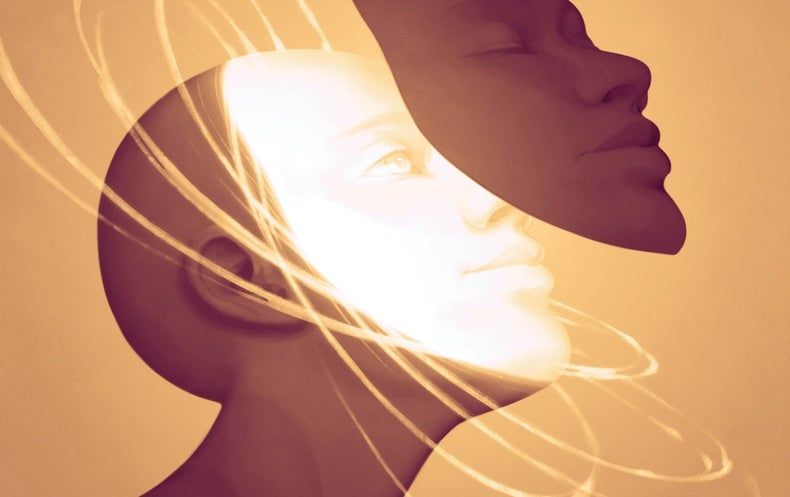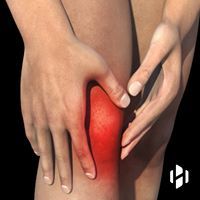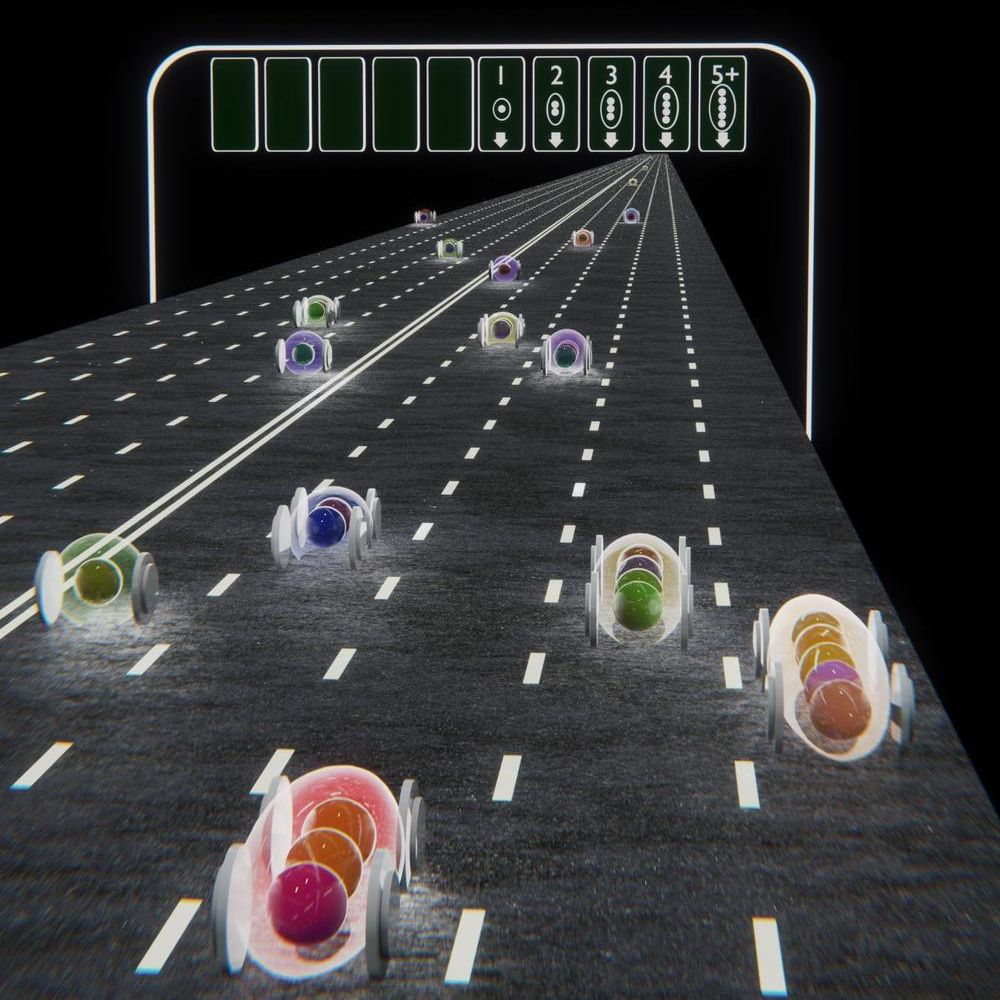Page 7480
Feb 15, 2020
Interrupted Sleep Affects Your Mental Health
Posted by Paul Battista in category: neuroscience
Feb 15, 2020
AI Design: Can AI Systems Replace Human Designers?
Posted by Dan Kummer in categories: employment, robotics/AI
AI starts playing an important role in design. So should designers be worried about it? Will AI-enabled systems take over jobs that require creativity?
Feb 15, 2020
Eye-tracking data improves prosthetic hands
Posted by Dan Kummer in categories: biotech/medical, business, computing, cyborgs
Prosthetic hands restore only some of the function lost through amputation. But combining electrical signals from forearm muscles with other sources of information, such as eye tracking, promises better prostheses. A study funded by the SNSF gives specialists access to valuable new data.
Page Content
The hand is a precious limb. Its 34 muscles and 20 joints enable movements of great precision and complexity which are essential for interacting with the environment and with others on a daily basis. Hand amputation thus has severe physical and psychological repercussions on a person’s life. Myoelectric prosthetic hands, which work by recording electrical muscle signals on the skin, allow amputees to regain some lost function. But dexterity is often limited and the variability of the electrical signals from the forearm alone makes the prosthetics sometimes unreliable. Henning Müller, professor of business informatics, is investigating how combining data from myoelectric signals with other sources of information could lead to better prosthetics. Müller has now made available to the scientific community a dataset that includes eye tracking and computer vision as well as other information (electromyography and acceleration sensor data).
Feb 15, 2020
How to Make a Consciousness Meter
Posted by Mike Diverde in categories: information science, neuroscience
Yes, you can detect another person’s consciousness. Christof Koch described a method called ‘zap and zip’. Transcranial magnetic stimulation is the ‘zap’. Brain activity is detected with an EEG and analyzed with a data compression algorithm, which is the ‘zip’. Then the value of the perturbational complexity index (PCI) is calculated. If the PCI is above 0.31 then you are conscious. If the PCI is below 0.31 then you are unconscious. If this link does not work then go to the library and look at the November 2017 issue of Scientific American. It is the cover story.
Zapping the brain with magnetic pulses while measuring its electrical activity is proving to be a reliable way to detect consciousness.
Feb 15, 2020
Latest Treatment Options for Knee Pain
Posted by Paul Battista in category: biotech/medical
Feb 15, 2020
Aging and Stem Cells | Theodore Ho | TEDxMiddlebury
Posted by John Davies in categories: bioengineering, biotech/medical, genetics, life extension, nanotechnology, neuroscience

Dr. Theodore Ho talks about the rapidly expanding possibilities of stem cells to be used in reversing or slowing the aging process. He discusses his previous and current work with the brain, including such methods as tissue clearing, multifiber photometry and optogenetics, and single resolution calcium imaging and control. Dr. Ho is a neuroscientist and stem cell biologist studying the mechanisms and causes of biological aging and potential strategies to slow or reverse them, in order to prevent the onset of age
Associated diseases to help us live healthier and longer lives.
Continue reading “Aging and Stem Cells | Theodore Ho | TEDxMiddlebury” »
Feb 15, 2020
Northrop Grumman Cygnus Launch to the International Space Station
Posted by Alberto Lao in category: space

***Update: Launch is now scheduled for 3:21 p.m. EST on Saturday, Feb. 15. Live coverage begins at 2:45.
Watch a cargo spacecraft lift off from NASA’s Wallops Flight Facility in Virginia on a resupply mission to the International Space Station! 🚀
Launch is targeted at 3:43 p.m. EST on Friday, Feb. 14 for Northrop Grumman’s 13th commercial resupply services mission. A previous launch attempt on Feb. 9 was scrubbed after off-nominal readings from a ground support sensor. The Cygnus cargo spacecraft, loaded with approximately 7,500 pounds of research, supplies and hardware, will launch atop an Antares rocket from the Mid-Atlantic Regional Spaceport. This Cygnus spacecraft is named the S.S. Robert H. Lawrence, in honor of the first African American to be selected as an astronaut.
Feb 15, 2020
Biologists rush to re-create the China coronavirus from its DNA code
Posted by Genevieve Klien in category: biotech/medical
Synthetic versions of the deadly virus could help test treatments. But what are the risks when viruses can be synthetized from scratch?
Feb 15, 2020
Pitt study uncovers new electronic state of matter
Posted by Genevieve Klien in category: physics
A research team led by professors from the University of Pittsburgh Department of Physics and Astronomy has announced the discovery of a new electronic state of matter.
Jeremy Levy, a distinguished professor of condensed matter physics, and Patrick Irvin, a research associate professor are coauthors of the paper “Pascal conductance series in ballistic one-dimensional LaAIO3/SrTiO3 channels.” The research focuses on measurements in one-dimensional conducting systems where electrons are found to travel without scattering in groups of two or more at a time, rather than individually.
Continue reading “Pitt study uncovers new electronic state of matter” »















